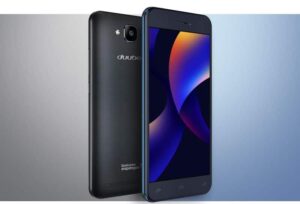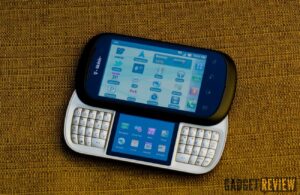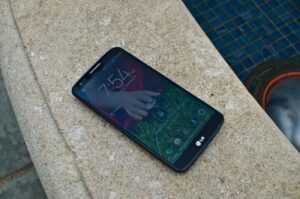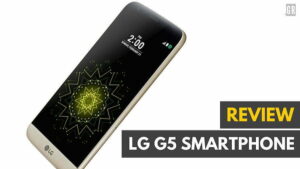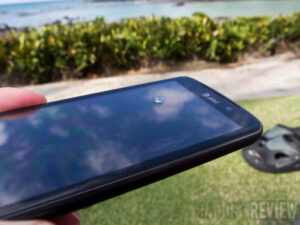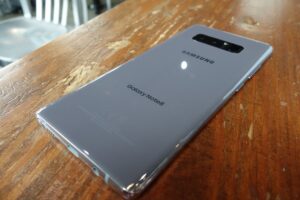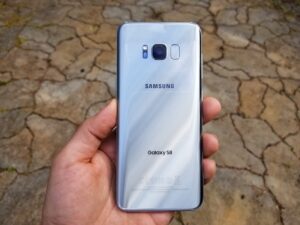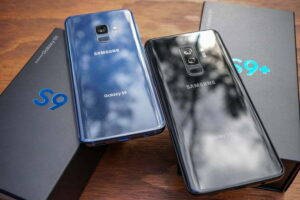It’s a new year, and with it comes a new LG G-series Android flagship smartphone. If you’re not looking for flash, compare this with the slightly older LG Doubleplay review. While the G5 last year was swell enough to hold its own against high-rated Android phones, it was clearly not at the top of the bunch. Sure, we gave LG kudos for taking a risk and trying a bold, new modular concept, but without on-going support of neat add-on modules, the idea nose-dived to a flat note. I’ll stick with the Moto X Pure Edition.
LG was quick to recognize its shortcomings, and in 2017 the Korean giant’s efforts are renewed with a more concise approach – to simply make most attractive, refined, and solidly functioning smartphone that it can. If you’d rather stick with a google model, take a look at the Google Pixel 2XL smartphone review. Continue on to find out if this is what we’ve been waiting for from LG or if it’s just another nice try in our LG G6 Android Smartphone Review!
Overview
Price: $629 on Amazon Unlocked or $28/month on Verizon
Available: Apr. 2017
Model: G6
Summary: The G6 is LG’s newest and strongest flagship Android smartphone release. Its design/construction is as premium as it gets, and fully packed with top-end features like wireless charging, wide-angle camera, and HDR-supported, nearly bezel-less display. The G6 is certainly not perfect (particularly, the display and camera quality could still be improved), but it will no doubt be one of the top phone picks of 2017.
What We Liked
- The first beautiful LG phone
- Nearly bezel-less display
- Solid battery life
- Wide-Angle camera is special
What We Didn’t
- Only 32 GB base storage
- LCD screen still inferior to AMOLED
- Camera quality still a step behind the best
LG G6 Specs
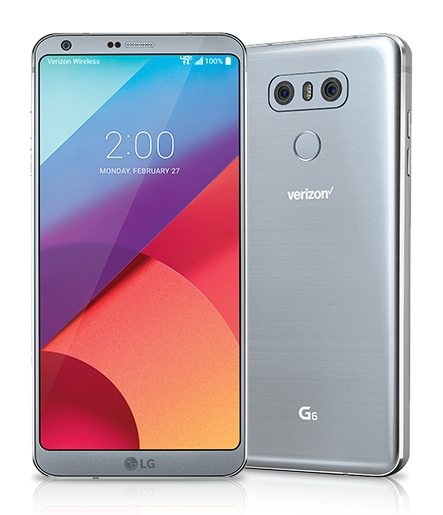 | |
| Display | 5.7″ QHD IPS LCD (18:9 aspect ratio) |
| Chipset | Qualcomm Snapdragon 821 (quad-core, 2.35 GHz) |
| Memory | 4GB of RAM |
| Storage | 32GB internal with microSD card support (up to 256 GB) |
| Rear Camera | 13 MP standard angle (f/1.8, OIS) and 13 MP wide-angle (f/2.4, no OIS) |
| Front Camera | 5MP Wide-Angle (switchable to standard angle), f/2.2 |
| Battery | 3,300 mAh (non-removeable) |
| Software | Android 7.0 (Nougat) |
| Colors | Black or Silver |
| Price | $672 or $28/month on Verizon |
| Buy Now |
Design
Suffice it to say, LG has been having trouble finding its place design-wise as of late. Last year’s G5 flagship smartphone (read more in this Lg G5 review) was the overhaul we’ve been waiting for, just not in the right direction, as that plastic-like metal chassis and modular design ended up being completely trashed. This is all while the company’s biggest competitor – Samsung – was well under way to perfecting its successful premium, glass-dominated formula with the Galaxy S7 series. Fortunately in 2017, LG is done lollygagging around.
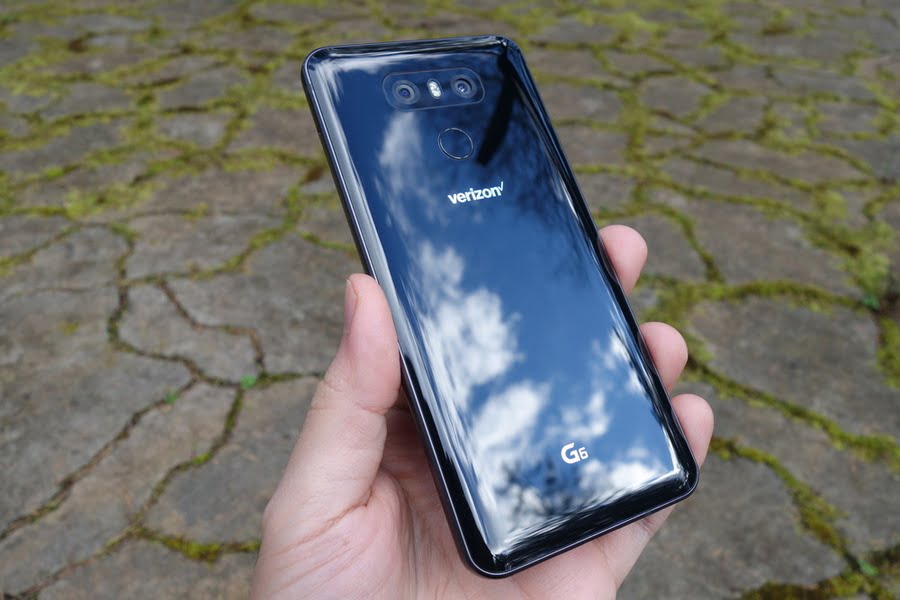
We are super impressed how quickly LG could turnaround a completely new, solidly built smartphone. Not only is every piece of the G6 high-grade, but it’s impeccably constructed. There are no cut corners to speak of, so much so that the face is a source of its beauty. For instance, the perimeter of the glass back curves down into the metal frame, seemingly fusing into it (there is also no more camera hump). Furthermore, the front glass simply sits flush with the frame, providing all the attention to the phone’s display-dominated face.
Manufacturers are finally realizing that minimizing bezel and maximizing screen size is important, and LG is among the first out the gate to deliver. Its approach was to cut the top and bottom bezels, while maintaining roughly the same width as the 5.3″ G5. This interestingly gives us a phone with an aspect ratio of 18:9, instead of the 16:9 that has always been used, and now a 5.7″ device that can be comfortably handled with one hand.
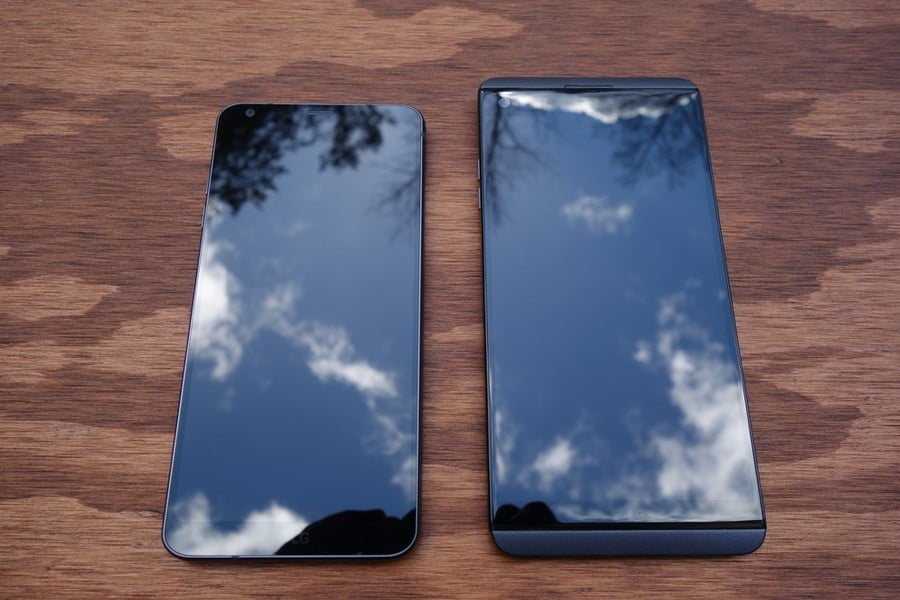
Consumers may think that the new, taller aspect ratio would come with ergonomic concerns, but it has phased us very little. The only thing that takes getting used to is reaching to drop down the notification panel at the extended top. The fingerprint scanner on the back, which in LG fashion doubles at the power button, is ideally placed and comfortable to use.
Performance
Typically, Spring flagships in the U.S. share a new top-end chipset from Qualcomm. For this year that is the 10nm, octa-core Snapdragon 835. However, because of a shortage of supply, LG had to settle with the previous quad-core Snapdragon 821 or delay the G6’s release. We would assure buyers with the concern to not put too much weight on this spec. The Snapdragon 821 has a beast of a processor, and in our use with the G6, we never wished that we had more horsepower. Despite having a substantial user interface, the snappy and smooth software experience is a pleasure that never let up.
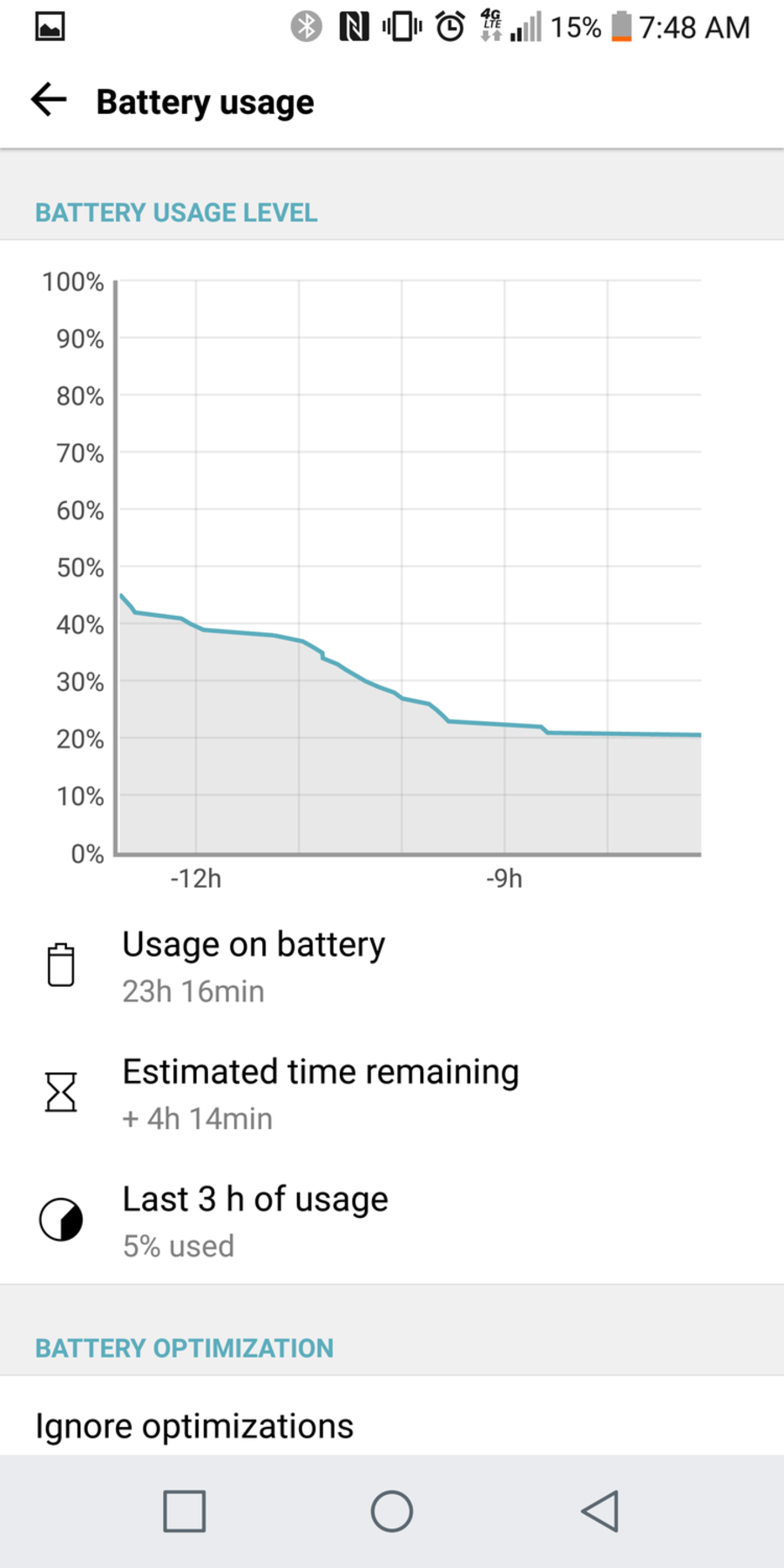
The only woe we see on the spec sheet, and an inexcusable oversight, is the mere 32 GB of internal storage. This is the only memory option you can get in the U.S. LG tries to overlook the fact by touting expandability via microSD card, which is of course great, but it just shouldn’t be that a flagship in this day and age to come with less than 64 GB standard. LG also had to make a compromise on a couple extra features. There wasn’t space to fit both wireless charging and the HiFi 32-bit Quad DAC that we loved in the V20, so the company made the decision on which to include based on regional demographic. It deemed Asian markets caring more about quality audio and the U.S. market preferring wireless charging. Pity.
An area that LG didn’t hold back on was battery life. It held on to the removable battery feature as long as possible, but since it’s now gone, there’s at least a sizable 3,300 mAh battery capacity sealed in (at least for the size of the device). And it does translates to some respectable results in our real-world use with the phone. Unless you’re doing heavy-lifting like gaming, the G6 should reliably get through the day without a pit stop and sometimes well into the next morning. If you want a different phone that also has great features, have a look at this Lg Nitro Hd review
Display
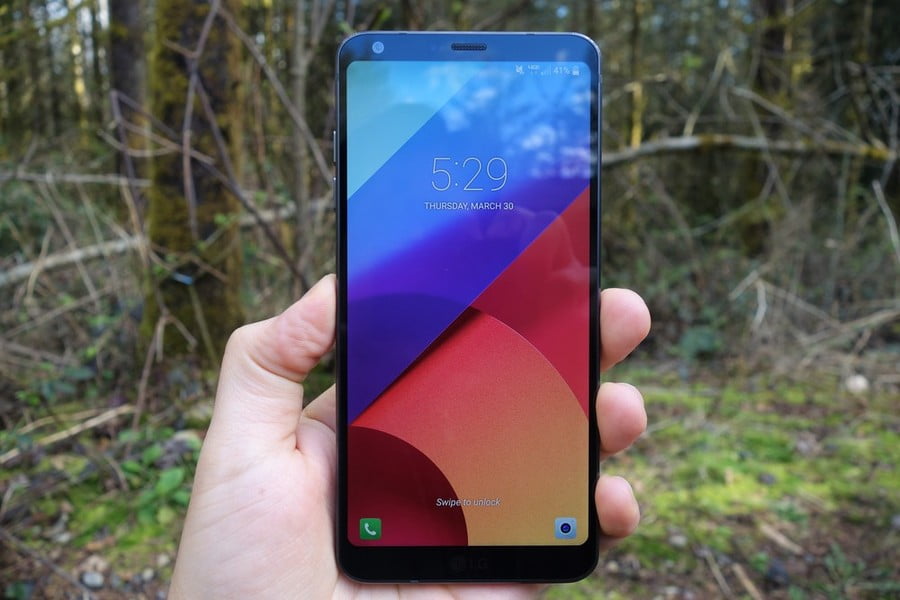
The star of the G6’s show is undoubtedly that dominating Full Vision display. Because LG almost eliminated the bezel space that we’re so used to on the front of our mobile devices, it was able to stuff practically a phablet-sized screen in a regularly-sized smartphone. That is, much of the top and bottom bezel were replaced by screen, resulting in the first smartphone with an 18:9 (or twice as high as it is wide) aspect ratio. So buyers must not be mislead by the seemingly large 5.7″ screen spec. Since the screen is taller than we’re used to with a 16:9 phone, this diagonal measurement doesn’t follow the same indication of size as we’re used to.
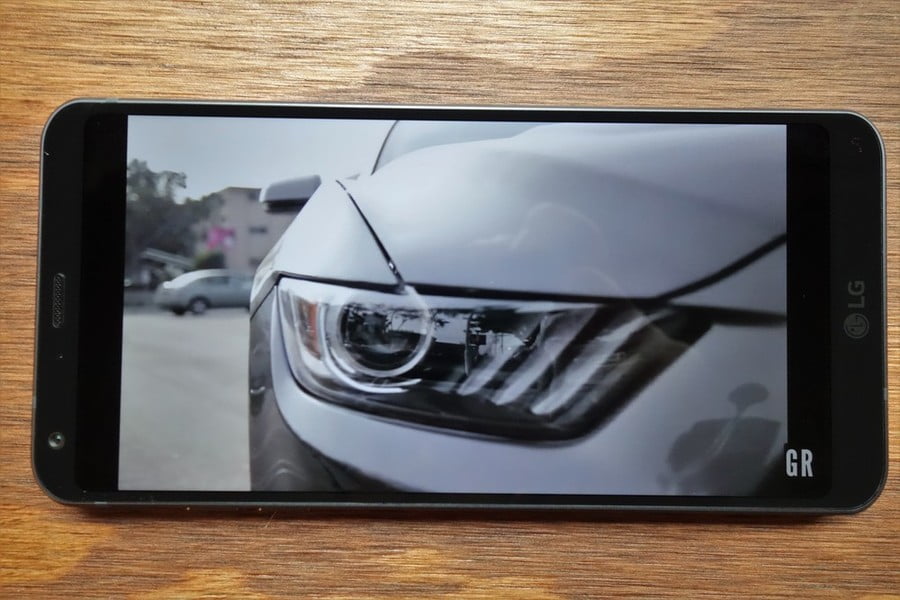
To our eyes, the quality of the IPS LCD screen is on par with what we saw last year on the G5 and V20, which gives us some mixed feelings. It’s a totally adequate screen and undoubtedly passes for a flagship smartphone, but we don’t think LG should be stopping there. This LCD is missing some brilliance, color, and brightness of the current AMOLED panels that much of the top-end have adopted (with Samsung clearly leading the pack). LG’s LCD looks dull in comparison, and that noticeable brightness shift when tilting the phone away from a direct view is still present. But at least HDR support is there to boost colors and contrast in compatible content (which Netflix and Amazon are beginning to roll out).
Camera
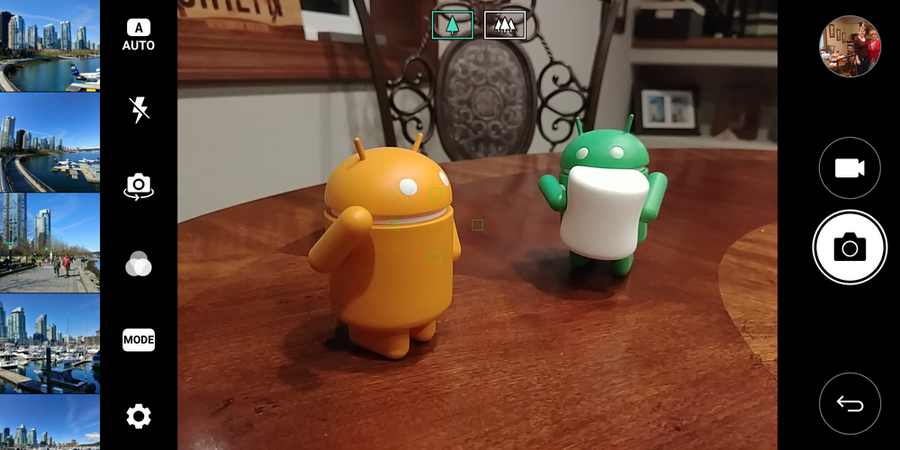
LG made minimal improvements on its camera setup as well. From a rear view, you’ll see that the secondary, wide-angle sensor which started with the G5 isn’t a feature that was thrown into the forgotten land of gimmicks. It was a good idea and a real nice-to-have in our experience, especially for landscape or group shots. Unfortunately, the capability came with compromise. The standard-angle 16 MP, f/1.8, OIS sensor was clearly superior in performance to the wide-angle one with 8 MP, f/2.4, and no OIS. Things are more balanced out this time around. Both cameras now have the same 13 MP capture resolution, but photography in less ideal situations is still a concern for the wide-angle shooter since the aperture is still at a significantly smaller f/2.4 and there still being no OIS to counter potential blur from shaky handling.
In practical use, we found that to be less of a concern than it sounds like. The wide-angle camera can pull off some stunning shots if you’re patient with it. Sure, some grainy-ness and blur can creep in at lower lighting, but having the ability to capture a expansive view in one shot somewhat outweighs any complaint about the quality. Speaking of the standard sensor, the megapixel hit didn’t phase it much to our eyes. We actually don’t notice much of a difference from before, which like in our discussion about the phone’s display, is a little disappointing. There’s still improvements to be had that the top-end competition has addressed. Detail, sharpness, and colors (albeit leaning a tad much on the cold side) are generally a pleasure, but the sensors continue to struggle with higher lightning dynamics, too often resulting in over-highlighted or darkened areas.
Check out some of our sample shots below:
Software
We’re hard-pressed to call this latest user interface (UI) from LG an update from the V20 in late 2016, which also packed the latest Android version, 7.0 (aka Nougat) out of the box. It looks and functions virtually the same to us (down to the user having to choose to have an app drawer or not).
In other words, you’ll get a UI that focuses on function rather than appeal, as dressings around icons, folders, and menus strike as bland and somewhat dated. At least Theming is still around to let the user add some much needed style. Some of our favorite LG software features also make a return, such as the Always-On Display, double-tap to wake gesture, ability to alter the navigation keys (change orientation or add a couple new ones), Smart Cleaning (flushes out system to free up resources), and Smart Settings (automatic functions based on selected actions).
Digging in does reveal some changes, for better or worse. The taller aspect ratio causes some disruption in the ways things have been done. Basically, Android isn’t quite prepared for new layout. Letter-boxing (black bars at the left and right of a picture) is inevitable for mobile media – which essentially forces the content back to 16:9. This means that you won’t see the benefit from that large display from videos and games. LG has built in a scaling option, but it zooms into the picture to fill the screen and cuts off some of the top and bottom. Another drawback is that the feature to hide the navigation keys within selected apps has disappeared itself. LG may have done this to avoid scaling complications on apps. Where the extra screen real estate comes in handy is in the browser, social media, and other apps you use for reading. The extra vertical screen displays more content and results in a little less scrolling.
Final Thoughts
All-in-all, the G6 is the best phone that LG has made, and a breathe of fresh air for the manufacturer that has been struggling to find its place. This is the kind of refinement that the company has needed to be able to compete with its colossal Korean neighbor. We can no longer say that the quality of LG’s flagship smartphone is trumped but Samsung’s robust Galaxy S series.
They are now toe-to-toe, and consumers will have to think hard about which particular features matter more. Do you want the G6’s grippy, flat screen, hefty battery, wide-angle camera, and appropriately-placed fingerprint scanner, or do you want a gorgeous S-AMOLED, curved display, highest-end Snapdragon chipset, and lightning-quick Dual Pixel camera that will come on the Galaxy S8? Either way, you’ll be getting a beautifully constructed and fully-featured flagship smartphone.
Related Articles:
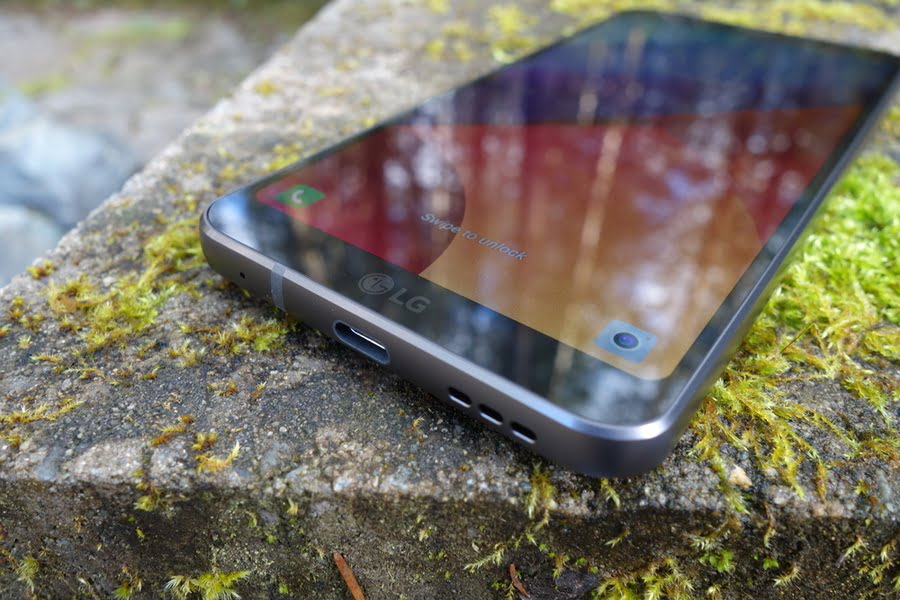
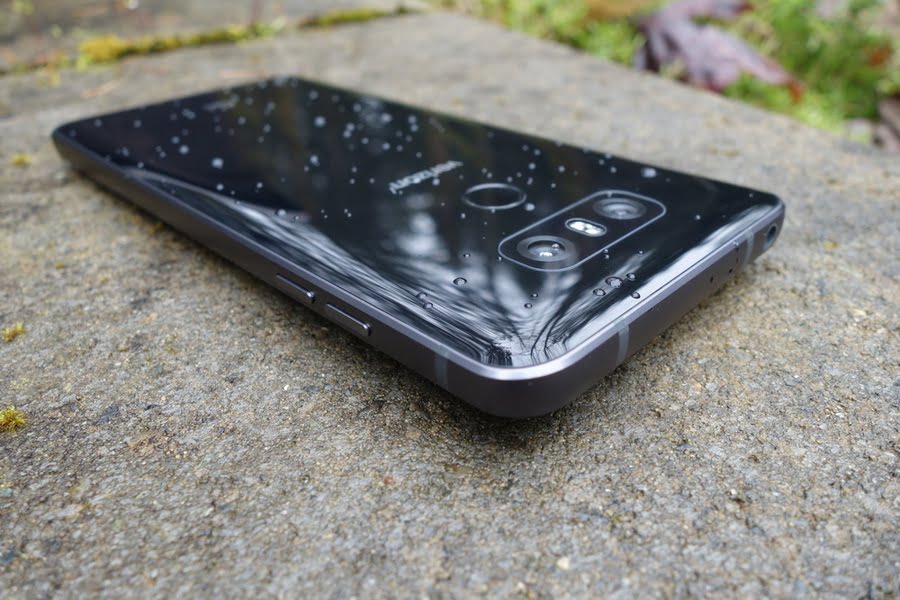
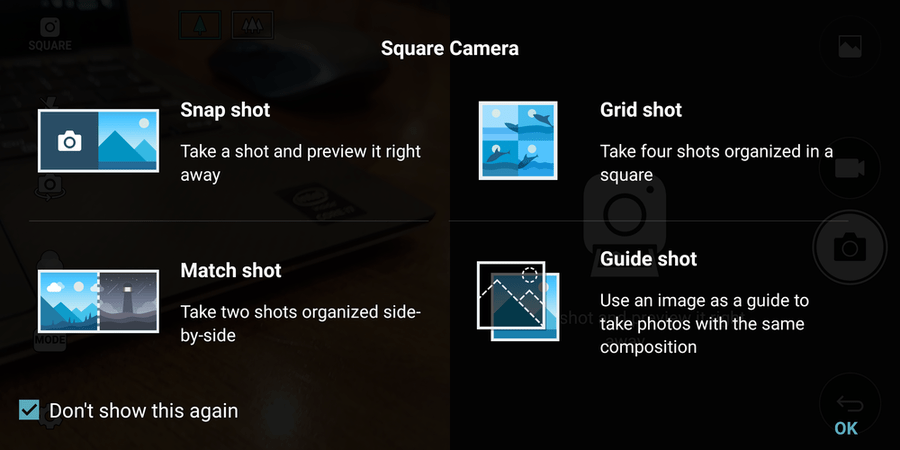
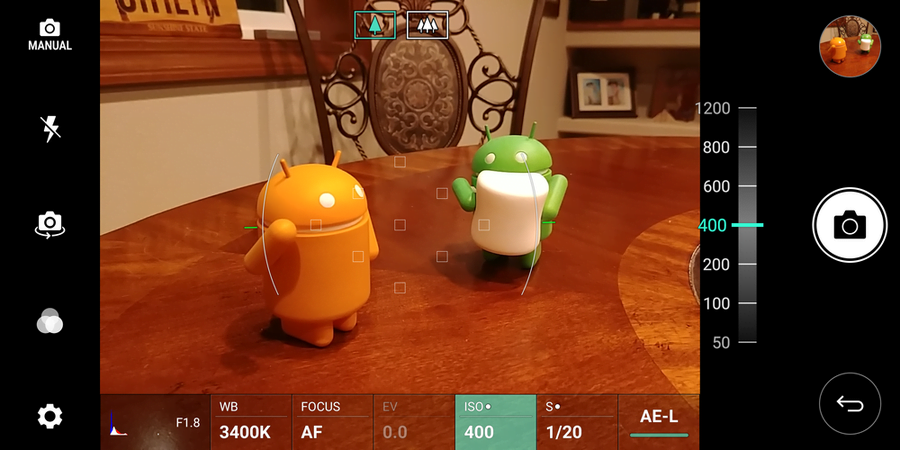



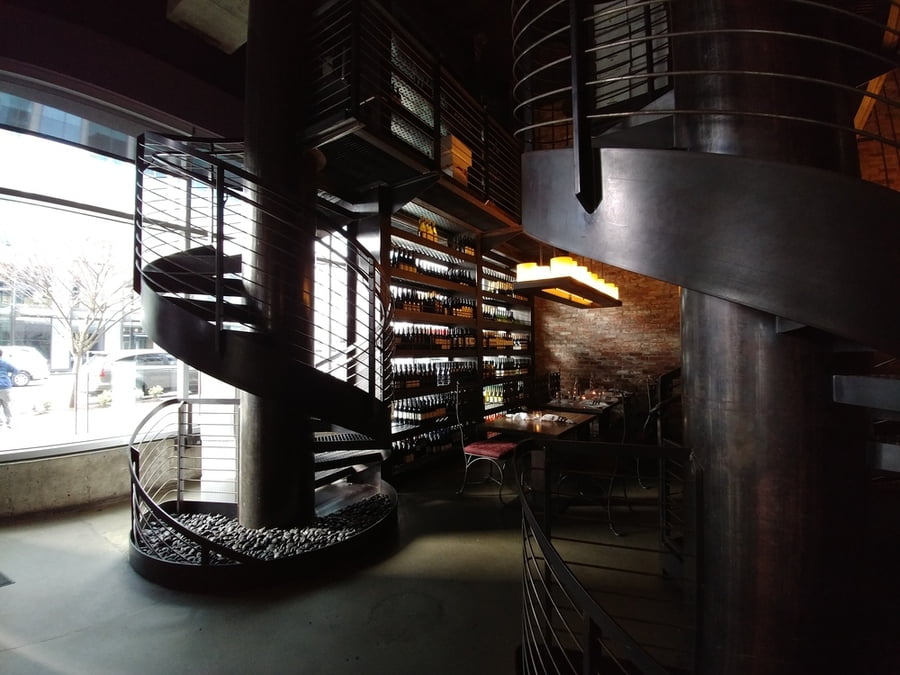





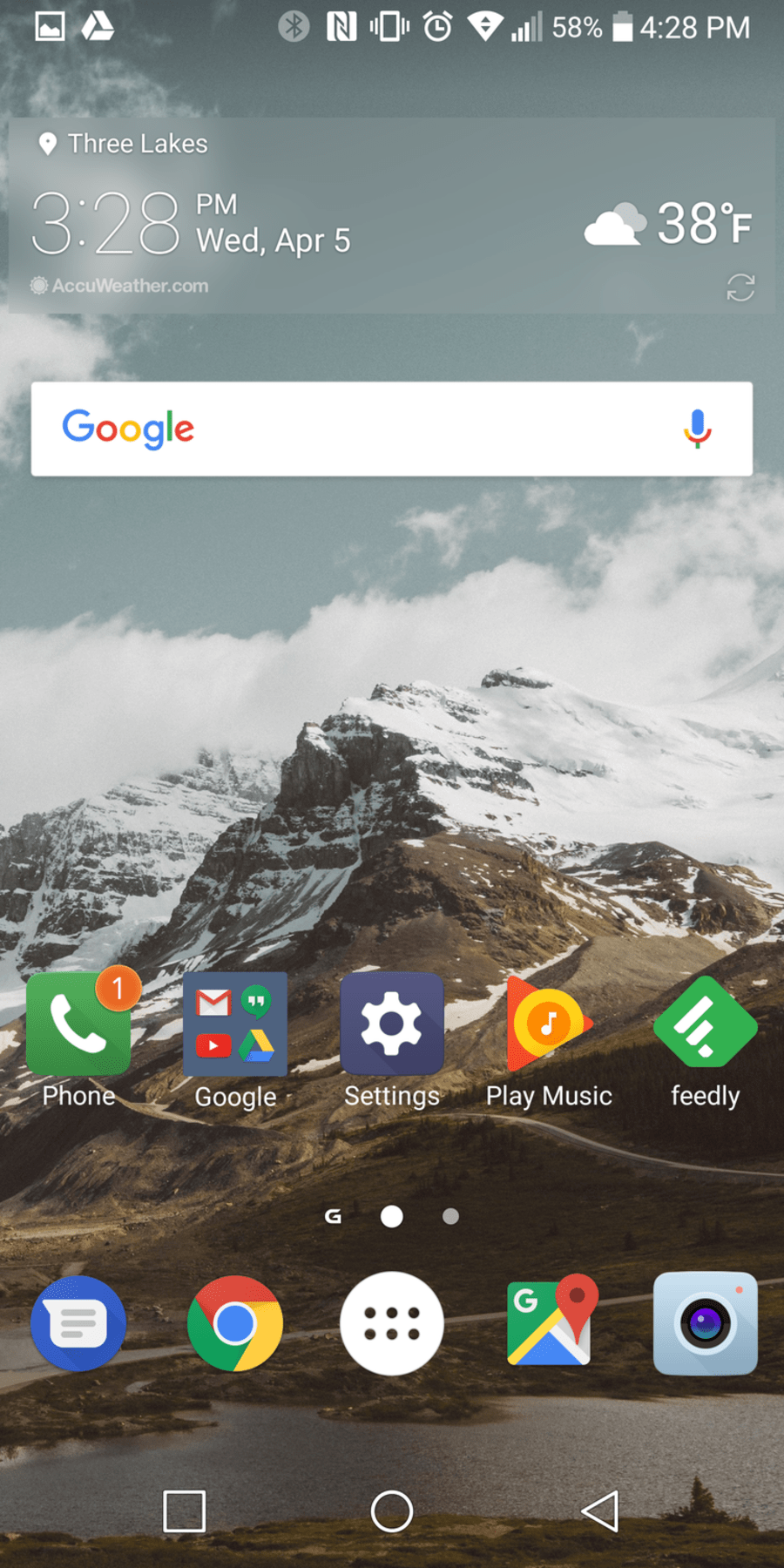
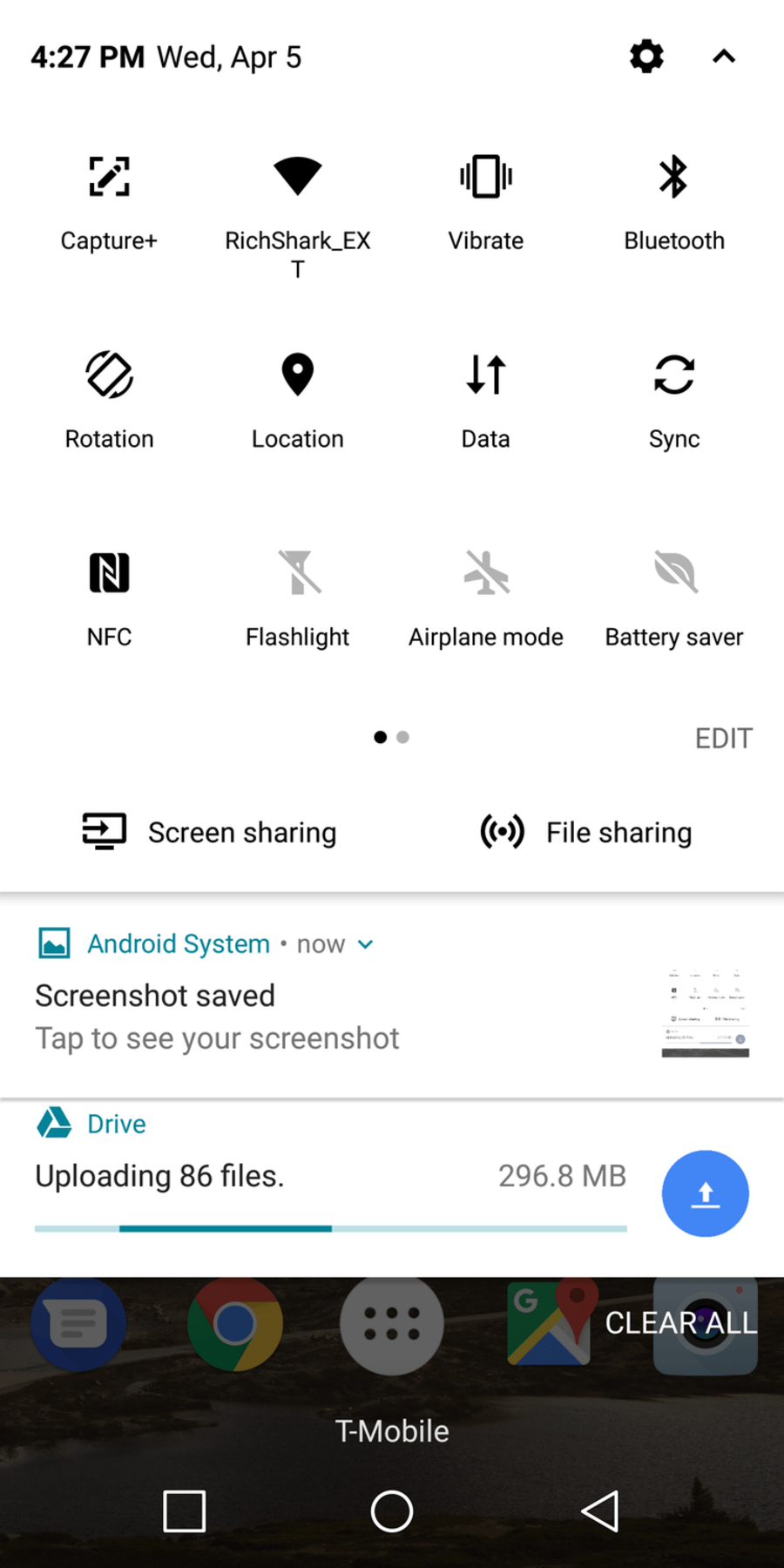
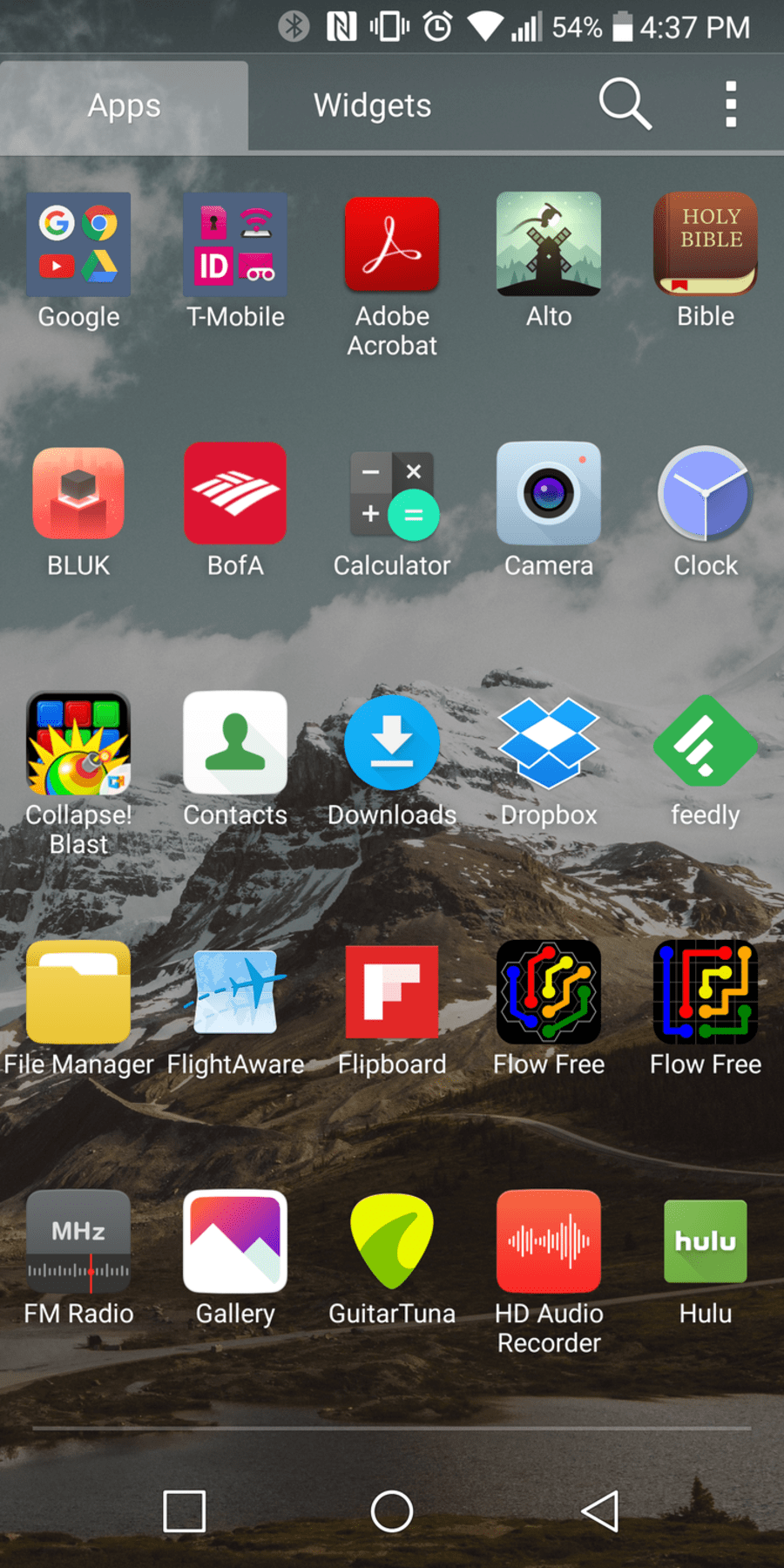
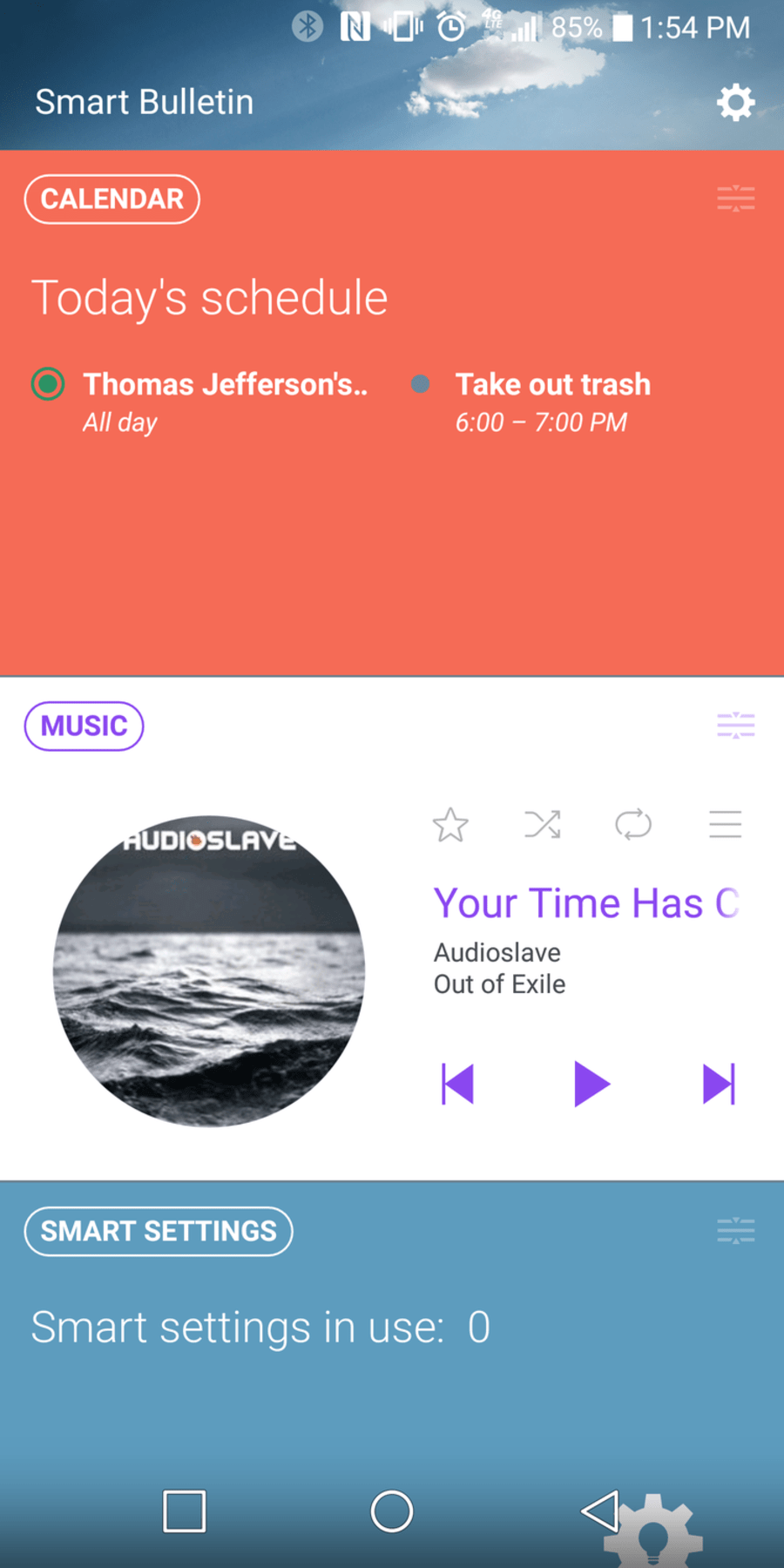
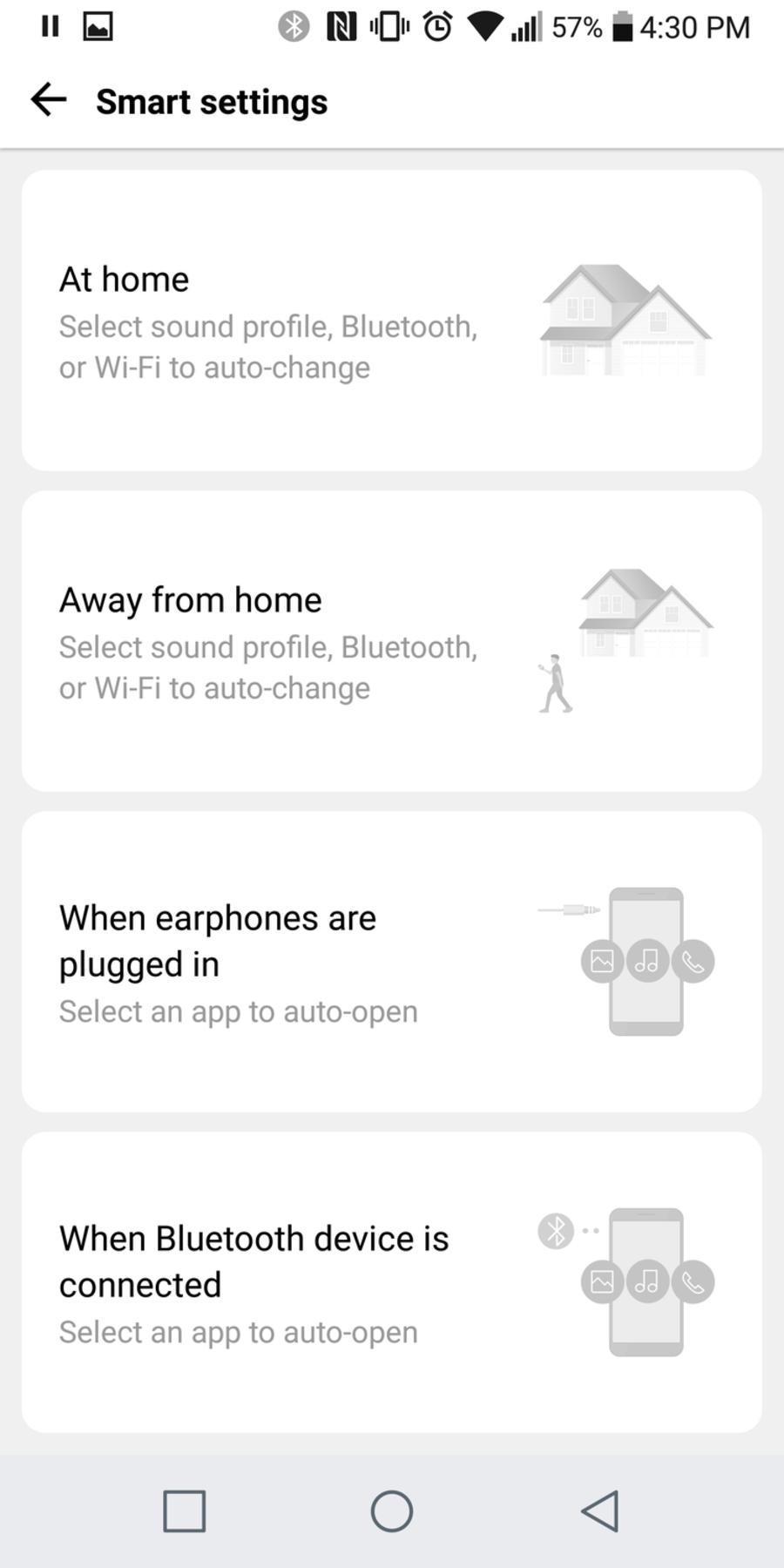
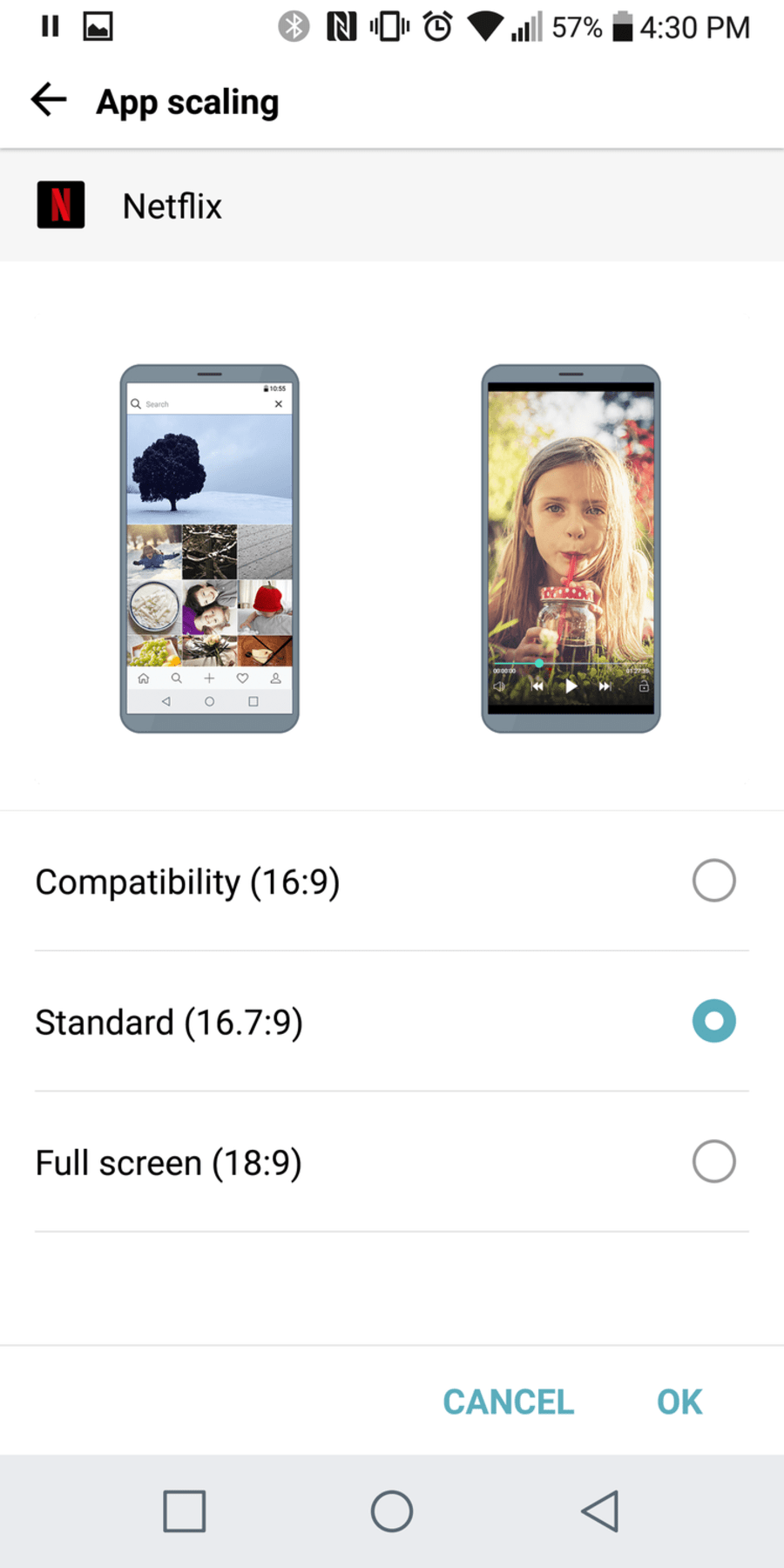
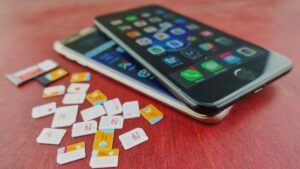
![Best Unlocked Smartphone [year] 2 Best Unlocked Smartphone|BLU Vivo XL Android smartphone|Huawei Honor 5X Android smartphone|Moto X Pure Edition Android smartphone|LG Nexus 5X Android smartphone|OnePlus 2 Android smartphone](https://www.gadgetreview.dev/wp-content/uploads/best-unlocked-smartphone-300x169.jpg)
